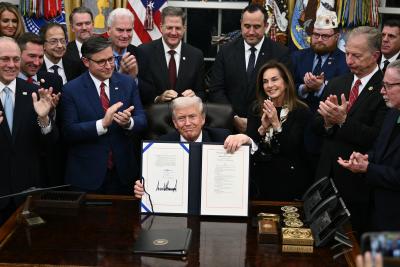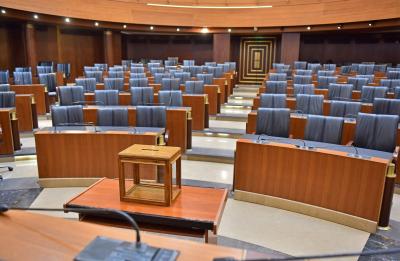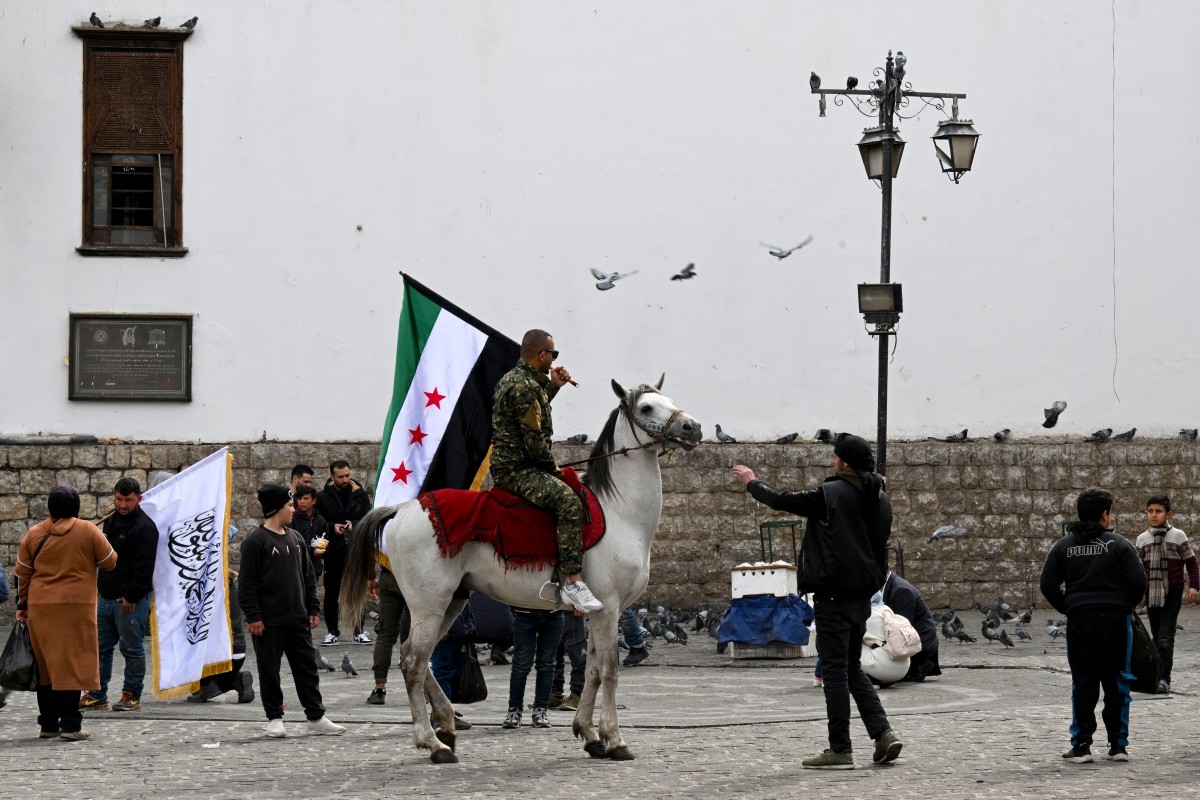During the latest clashes in Syria’s Sweida province—and intermittent fighting between the Syrian Democratic Forces (SDF) and Turkish-backed Syrian factions entrenched across the country’s north—fighters accused by Western sources of belonging to terrorist groups have reportedly joined the newly formed Syrian government forces. Some observers even allege that the new Syrian army includes infiltrators from the so-called Islamic State (ISIS).
Meanwhile, U.S. forces remain stationed in eastern Syria as part of a Washington-led international coalition to defeat ISIS in Syria and Iraq.
The coalition was established in response to ISIS’s rapid expansion in 2013–2014, when the group seized vast swathes of Syrian and Iraqi territory and declared its “Islamic Caliphate.” Composed of over 80 countries and organizations, the coalition focused on three main tasks: airstrikes, military support to local forces, and cutting off funding for terrorist groups.
U.S. Strategy in Syria Before Assad’s Fall
Washington’s pre-Assad-collapse strategy rested on four key pillars: fighting ISIS, weakening the Syrian regime, curbing Iranian and Russian influence, and providing military support to Israel.
In the anti-ISIS campaign, the coalition carried out more than 11,000 airstrikes in Syria alone, while backing SDF ground operations.
To weaken the Syrian regime, the coalition enforced sweeping economic sanctions such as the Caesar Act, targeting the energy, banking, and foreign investment sectors—crippling the regime’s ability to sustain itself.
At the same time, the U.S. sought to diminish Russia’s and Iran’s influence in Syria, viewing both as threats to its regional allies and particularly to Israel’s security.
Washington gave Israel the green light to strike Iranian and “Hezbollah” targets in Syria, undermining Damascus’s network of alliances.
Major Shifts After Assad’s Fall
Syria underwent a dramatic transformation in late 2024 when President Bashar al-Assad’s regime collapsed after 14 years of conflict, paving the way for Hay’at Tahrir al-Sham (HTS) to take power—despite being designated by Washington as a global terrorist organization.
This development posed new challenges for the international coalition and forced a realignment of priorities.
In a surprising move, the U.S. announced in early 2025 the removal of HTS from its terrorism list, despite its 2018 designation. The decision followed secret meetings in Damascus between American officials and HTS leaders, during which the new Syrian authorities pledged not to allow Syria to become a base for terrorist groups, to protect minorities, and to dismantle chemical weapons stockpiles.
The U.S. shift prompted the coalition to follow suit, redefining HTS’s status. This reclassification altered counterterrorism priorities, shifting the coalition’s main focus from defeating ISIS to preventing ISIS’s resurgence, particularly by securing displacement camps housing thousands of former fighters.
The coalition also added a new objective: monitoring Iran-backed Shiite militias such as “Hezbollah” and the Fatimid Brigade, which could attempt to reassert Iranian influence. Another concern was the threat posed by foreign fighters who had fought alongside HTS and other factions.
Reshaping Regional Alliances
These developments triggered unexpected alignments, including covert cooperation between Israel and the new Damascus administration to counter Iranian influence—despite decades of hostility.
In northern Syria, U.S.-Turkish relations warmed after years of tension over Washington’s support for Kurdish forces.
Meanwhile, the European Union voiced concern that Syria could devolve into a battlefield for competing armed groups.
New Challenges for the Coalition
The U.S.-led coalition now faces complex challenges:
1. Contradictions in dealing with HTS:
Although Washington removed HTS from its terrorism list, it continues to impose strict conditions: protecting religious and ethnic minorities, allowing the return of refugees and displaced persons, cooperating in counterterrorism, and sharing intelligence.
2. Continued U.S. military presence:
Roughly 2,000 American troops remain deployed in eastern Syria, ostensibly to prevent ISIS’s return. Yet their presence—particularly in oil- and gas-rich areas—has raised questions.
3. International legitimacy crisis:
The new Damascus government faces a legitimacy problem due to HTS’s conservative Islamist nature. Western sanctions still block reconstruction, and Russia and Iran oppose the political shift in Syria.
The Coalition’s Future in Syria
Recent developments suggest several possible trajectories:
Gradual normalization: If HTS adheres to Washington’s conditions, the West may move toward gradual normalization, including phased sanctions relief.
Renewed violence: Ongoing disputes among armed factions and a resurgence of extremist activity could force the coalition to refocus on airstrikes against radical groups.
Regional intervention: Syria could once again become a proxy battlefield for regional powers—Iran, Turkey, and Saudi Arabia—further complicating the coalition’s mission.
Ultimately, the coalition’s future role in Syria will hinge on its ability to balance U.S. security interests with local Syrian demands, all within an exceptionally complex and volatile regional landscape.
Please post your comments on:
[email protected]
 Politics
Politics













